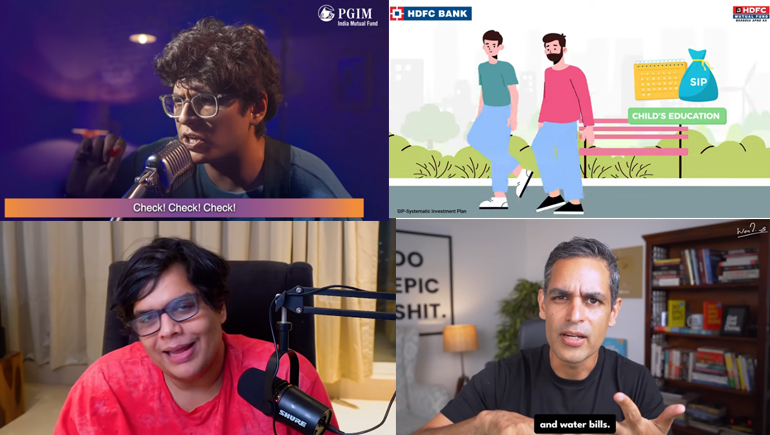
In an age where information is accessible at the tip of our fingers, financial literacy has grown from being a niche subject to a topic of mainstream interest, especially for Gen Z.
Among previous generations of middle and upper-middle-class Indians, the investment culture was anchored in three products - Gold, Land/house/real estate and Bank Fixed Deposits. However, there seems to be a concerted effort to educate and create a different Investment culture among Gen Zs and younger millennials.
This ongoing paradigm shift in investment culture is marked by an increasing emphasis on educative videos about investing. These videos aim to serve as a catalyst in bringing more young people into the fold of investing by giving them better information about investing so that they can take well-informed decisions about their personal finances.
Targeting young people means good business for both brands and influencers as they are technically savvy, aspirational, and can likely be more easily persuaded. It also makes complete sense for them to target young people as they have their whole working life ahead of them; educating them at this age means retaining a loyal investor for his/her whole working life.
Leveraging this development, brands of mutual funds as well as finance influencers are trying to find innovative ways to engage and educate this new generation of investors.
In this article, we delve into how different approaches have been used to disseminate crucial financial knowledge - from the "infotainment" utilised by brands like PGIM India Mutual Fund and HDFC Bank, to the relatability and empathy-driven strategies adopted by influencers such as Tanmay Bhat, Ankur Warikoo. Let’s take a look:
Brands adopt "Infotainment" as their communication strategy
Brands that offer a wide array of financial instruments communicate using the route of infotainment and branded content videos. Their aim is to disseminate information about investing as well as build investor goodwill towards their brand as a source of useful information and guidance.
#AapkaHappinessPlanned with PGIM India Mutual Fund | Money and Me
"#AapkaHappinessPlanned" by PGIM India Mutual Fund is a campaign specifically aimed at and designed for Gen Z investors. Its primary strategy is to propose the "planned" way of life without adopting a preachy or parental tonality. In the brand video, we see a young man who is a ‘stand-up comic’. He sings a song for the audience present at the venue. The song is supposed to be a humorous take on life and investing goals.
Although the concept of a stand-up comedy performance to leverage a better brand positioning and connect with the youth audience sounds like a good idea, the execution of the video, however, fails to connect. The video is too long, and after the initial element of surprise of a boy singing a funny song about investment, the concept quickly loses its mojo. It does help in raising awareness about the brand but it does not manage to be very engaging in the way it plants the "planned way of life" as an ask from the youth audience.
Stay invested in Mutual Funds through SIP | HDFC Bank
Similarly, "Stay Invested in Mutual Funds through SIP" by HDFC Bank uses a simple approach to explain the seemingly complex investment processes in simple, digestible terms. The video portrays two friends on a morning walk having a conversation with each other. One of the friends alleviates his friends’ anxieties by asking him to stop worrying about his investments in mutual funds.
This friend elucidates the ebbs and flows of the stock market, emphasizing the importance of staying invested for the long haul, as the market trends towards growth over time. The information is delivered in snippets, making it an easy starting point for beginners to understand the fundamentals of investing without the complications of technical jargon.
Further enhancing its brand identity, the video subtly incorporates the colour theme of HDFC Bank within its aesthetics. The characters don the colours of the HDFC logo - various shades of blue and red - subtly reinforcing the bank's brand in the viewer's mind.
Influencers adopt relatability and empathy as their communication strategy
A contrasting approach to the infotainment route is observed among influencers such as Tanmay Bhat, Ankur Warikoo, and Pranjal Kamra. Their content places heavy emphasis on using relatability and empathy as their primary tools for engagement. They disseminate information through their personal experiences and life lessons, making the content more digestible and impactful for their viewers.
I wish I knew this in my 20s
Tanmay Bhat, in his video, "I wish I knew this in my 20s," shares personal financial wisdom which he gained over the years. He talks about his journey with investment, his regrets about starting his investment journey very late in life and how he wishes to disseminate information about investments so that the viewer can start their investment journey earlier than him.
Though Tanmay tries to draw his audience into the video by saying using clichéd catchphrases such as “This video will make a millionaire”, he segues into making the video more informative as he starts talking about compound interest and its benefits. He makes you realise the benefits of investing early by talking to you like an elder brother.
Though Tanmay uses just a single camera setup, he uses a wide variety of visual editing tools such as zoom, colour change and jump-cuts to make the video more interesting and engaging. He realises that the attention span of his audience is very short. Thus, with quick cuts, he keeps the viewer engaged.
You don’t need a big salary to live comfortably
Similarly, Ankur Warikoo's video offers perspective and advice on managing finances effectively, irrespective of income size. Warikoo makes his video engaging by using an Excel sheet to demonstrate the segmentation of an average person’s budget into needs, wants and investments. He makes the content accessible by using simple terms and does not use the jargon of finance.
Warikoo, like Tanmay, connects with his audience by speaking in plain, lucid Hindi. He also makes use of editing techniques to make the video more engaging, similar to Tanmay, but unlike Tanmay, he does not go all out with the video effects. In fact, you barely notice the video effects, such as Zoom and pan-out, because the pace of movement of the effect is really slow.
Conclusion
Brands and influencers have adopted different communication strategies when it comes to investor education. While brands focus more on "infotainment", simplifying information for easier consumption, influencers prioritise "engagement", disseminating information through shared experiences and empathetic narratives. Influencers sell investment as a "way of life" to be started early and continued through the different life stages.
Brands and influencers can both learn from one another. Young investors need to be educated about the nuances of investing, but this education needs to be delivered in an engaging and relatable manner. Brands might need to rethink their strategy and shift from pure infotainment to more engagement via empathy and relatability. On the other hand, influencers should ensure that while sharing personal experiences, they maintain the factual correctness of investment principles. Together, they can succeed in their mission of building a new investment culture among the younger generation.





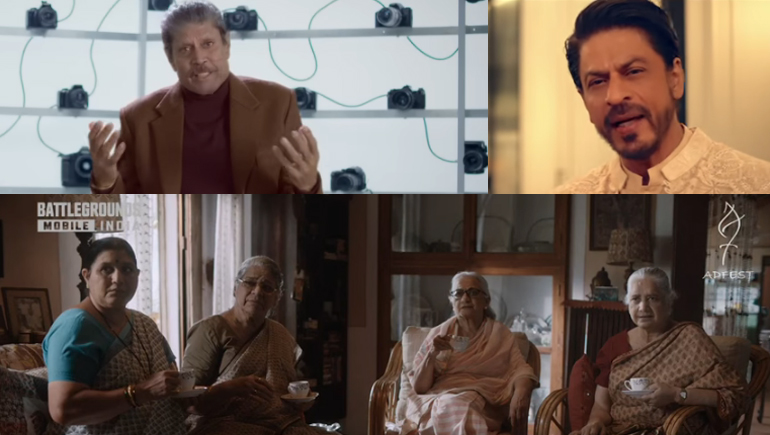
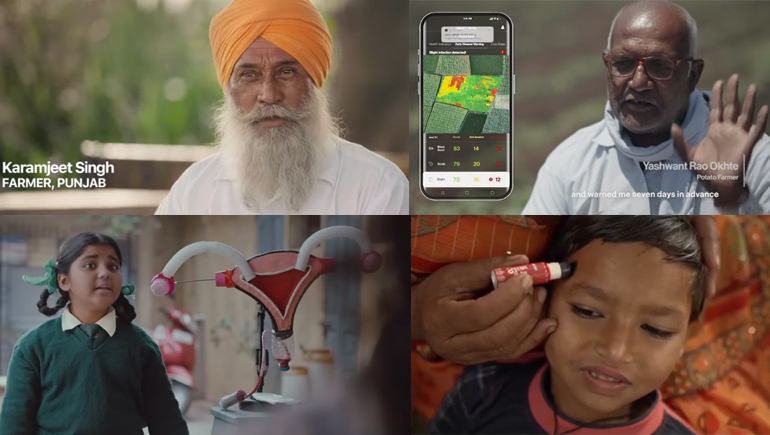

.jpg)
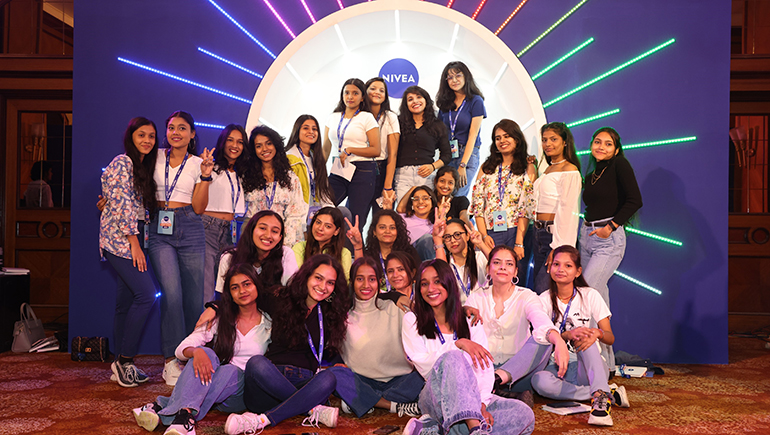

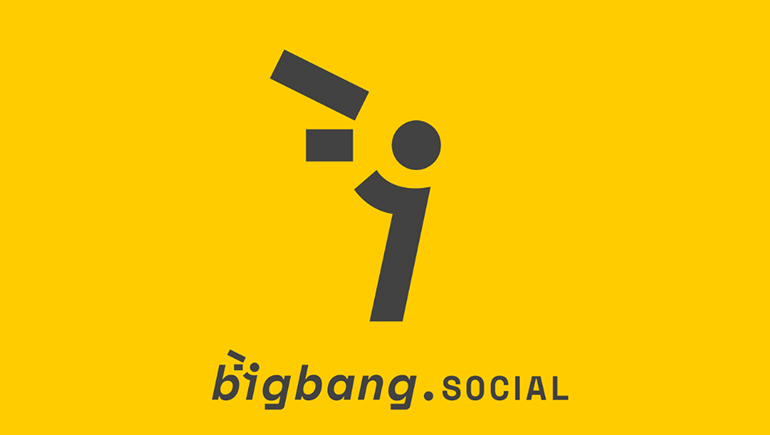
.jpg)




Leave a Comment